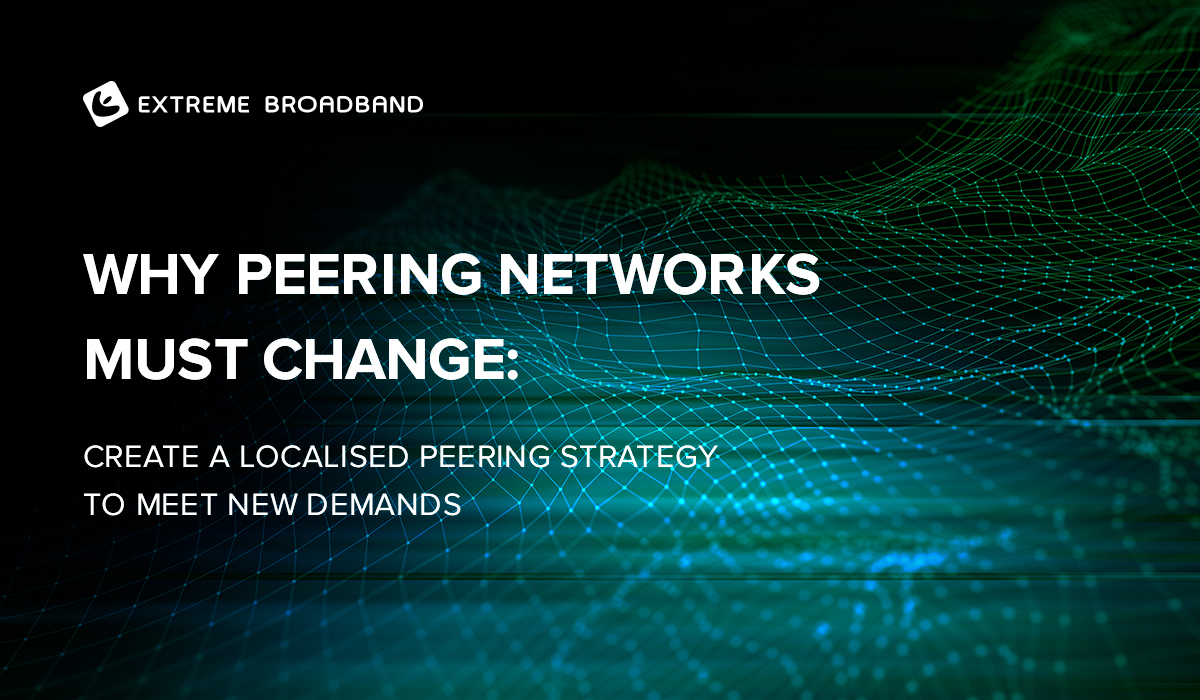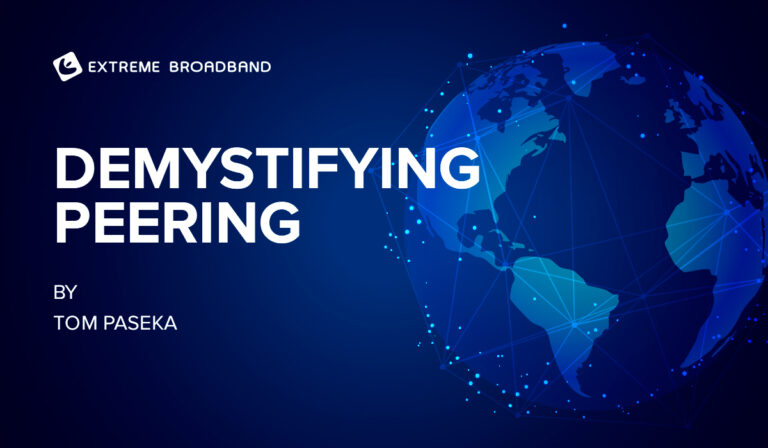Why peering networks must change: Create a localised peering strategy to meet new demands (Equinix)
- The capacity requirements of today’s networks and the move to cloud require rethinking networks to make more efficient use of resources at all layers.
- The network architecture and technology needs to be reimagined with a focus on simplification and improving network efficiency.
- Coping with traffic
- Globally, Internet traffic is expected to grow 26 percent CAGR through 2022 and 82 percent of the traffic is expected to be video, which could add strain to your network if you must backhaul that traffic to aggregated peering points for off-loading.
- Simplifying complex networks
- As requirements have changed, the networking stack has become ever more complex.
To respond to specific problems, many protocols have been introduced at both the data and control plane levels.
- All of these protocols not only lead to complex network architectures, they also affect the efficiency of network operations. As networks scale to handle traffic growth, the level of network complexity must remain flat.
- Improving efficiency
i. To remain competitive, service providers also need to focus on improving the efficiency of their networks. Network efficiency not only refers to maximizing network resources but also to optimising the environmental impact of the deployed network.
- Today, much of the Internet peering being performed occurs in third-party facilities where space, power, and cooling are at a premium.
iii. High-density, lower environmental footprint devices are critical to handling more traffic without exceeding the capabilities of a facility. In cases where multiple facilities must be connected, a simple and efficient way to extend networks must exist.



